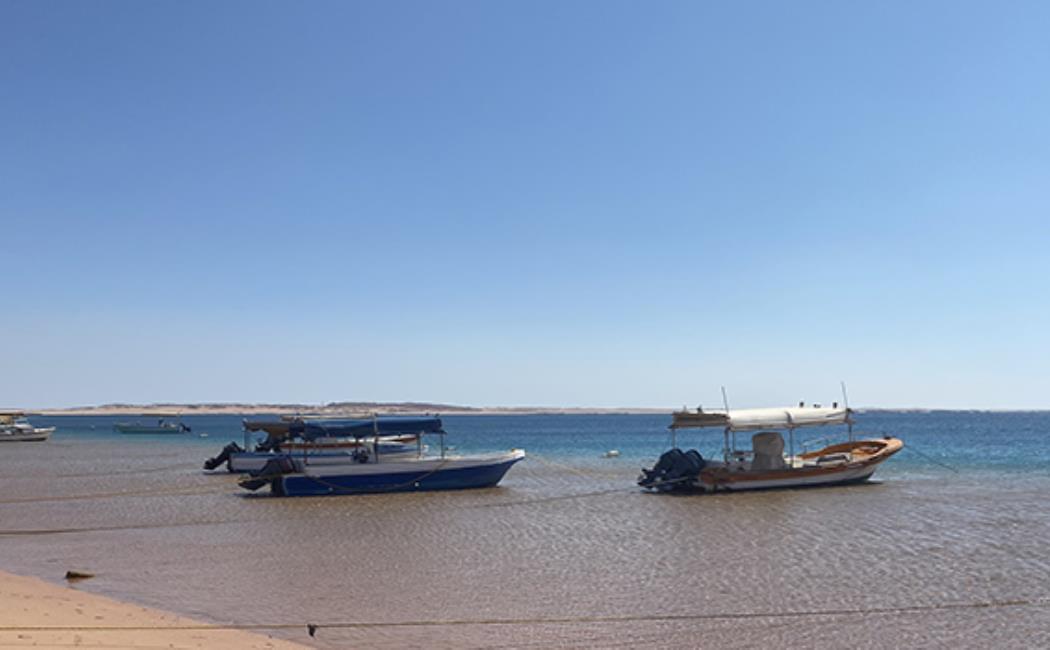


02 July, 2019
KAUST research reveals that the Red Sea will experience cooling in the coming decades, driven by the Atlantic Multidecadal Oscillation (AMO), a natural climate cycle influencing sea-surface temperatures (SST).
Over the past century, the Earth's oceans have warmed, with the Red Sea being one of the hottest, hosting a fragile ecosystem sensitive to further warming. Previous studies have focused on short-term trends, where the effects of long-term natural cycles were less understood.
KAUST's study, led by Ibrahim Hoteit and George Krokos, examines the AMO’s impact on Red Sea SST over the long term. The team combined satellite data and historical SST records to reveal that the warming trend observed from 1980 to 2010 was largely due to a positive phase of the AMO. However, as the AMO enters a negative phase, the Red Sea is expected to cool over the next few decades.
This cooling trend, driven by the AMO's oscillation, is expected to dominate the Red Sea's temperature dynamics in the future, following a peak in warming over the past decade.
Future studies using modern oceanographic tools will further enhance our understanding of how the Red Sea responds to climate variability.
🔗 Read more on KAUST Discovery and KAUST NEWS
Krokos G., Papadopoulos, V.P., Sofianos, S.S., Ombao, E., Dybczak, P. & Hoteit, I. Natural climate oscillations may counteract Red Sea warming over the coming decades. Geophysical Research Letters 46, 081397 (2019).| article